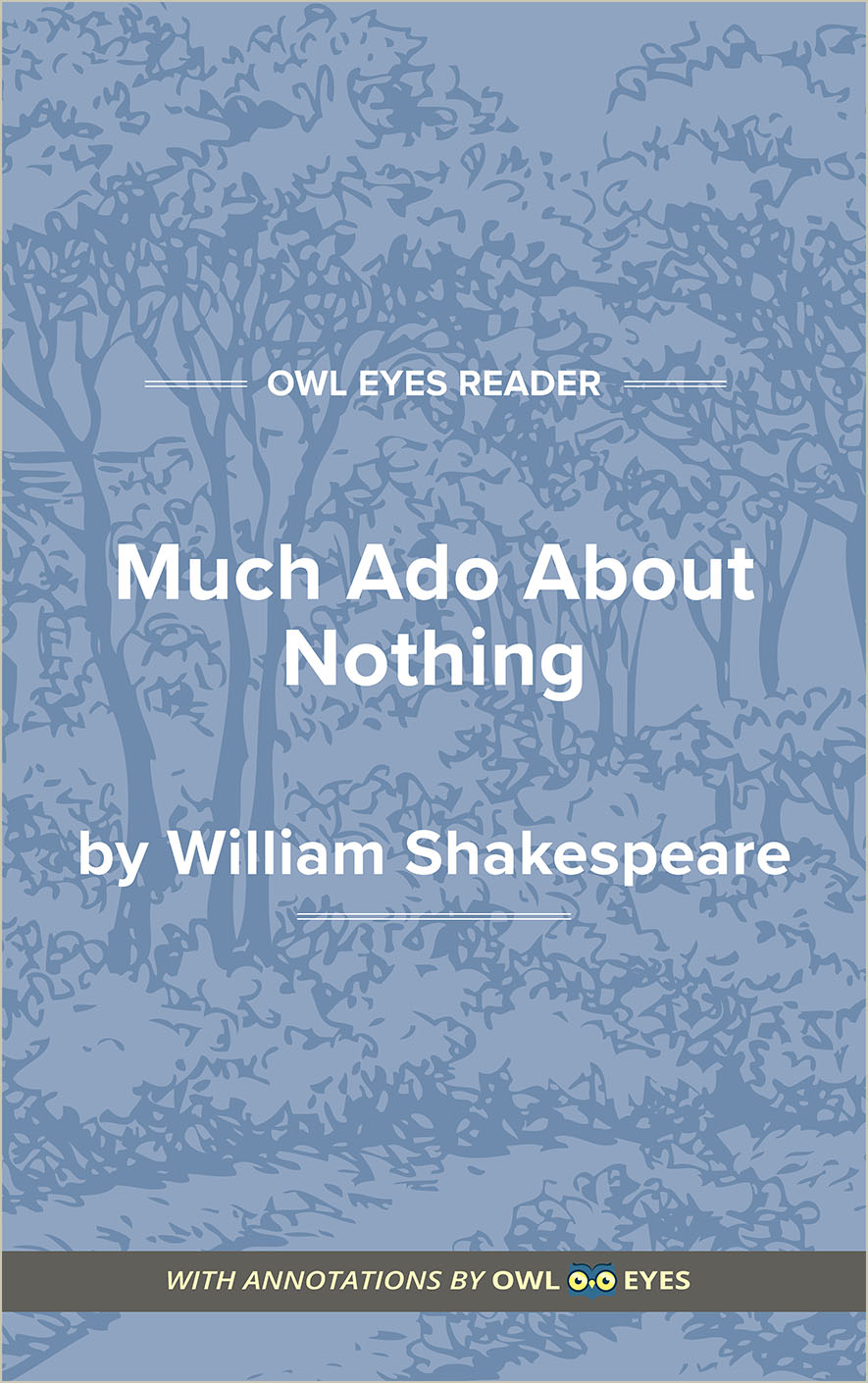Analysis Pages
Imagery in Much Ado About Nothing
Shakespeare uses imagery (figurative language that engages the senses) to describe characters in the play. One of the most notable examples of imagery in Much Ado About Nothing is the military and warfare imagery used to emphasize the “war of wits” between Benedick and Beatrice.
Imagery Examples in Much Ado About Nothing:
Act II - Scene I
🔒"Why, he is the prince's jester, a very dull fool. Only his gift is in devising impossible slanders. None but(120) libertines delight in him; and the commendation is not in his wit, but in his villainy; for he both pleases men and angers them, and then they laugh at him and beat him. I am sure he is in the fleet. I would he had boarded me...." See in text (Act II - Scene I)

